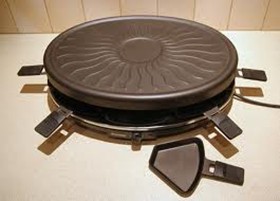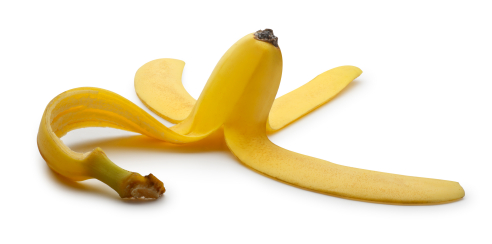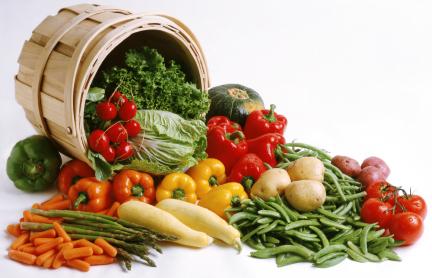When I was writing The Green Foodprint, I checked out some of the quaint devices you can buy to make cooking “easier.” I located the following:
- Microwaveable ice cream scoop
- Cherry pitting device
- Home cotton candy maker
- Oddly shaped pan that bakes brownies with more edges
- Gadget that cuts up a hot dog to look like an octopus.
- Microwave s’more maker
- Avocado knife
While one might applaud the ingenuity, I shook my head over the waste of metal, plastic, packaging, trucking, and electricity that go into manufacturing, distributing, and using these ridiculous toys. But wait! There’s more! You can also get a stainless steel lobster fork, a toaster with a Darth Vader design, a voice-recognition electronic grocery list organizer (for a mere $150), and an espresso machine that (I kid you not) recognizes your fingerprint so it will make your drink just the way you like it, without all that exhausting pushing of buttons on regular espresso machines. This toy will set you back $3,200.
Seems I’m not the only one scratching her head at this technology gone wild. A New York Times reporter also found people who confessed to having purchased an automatic polenta maker, escargot tongs, milk frothing machines, and a panini press. It appears that Rube Goldberg is alive and well in the design department of manufacturers desperate to part you from your money.
Here’s the main advice I give in The Green Foodprint: Use your muscles to chop, stir, peel, and all the rest. You’ll be healthier for it – and so will the earth.





